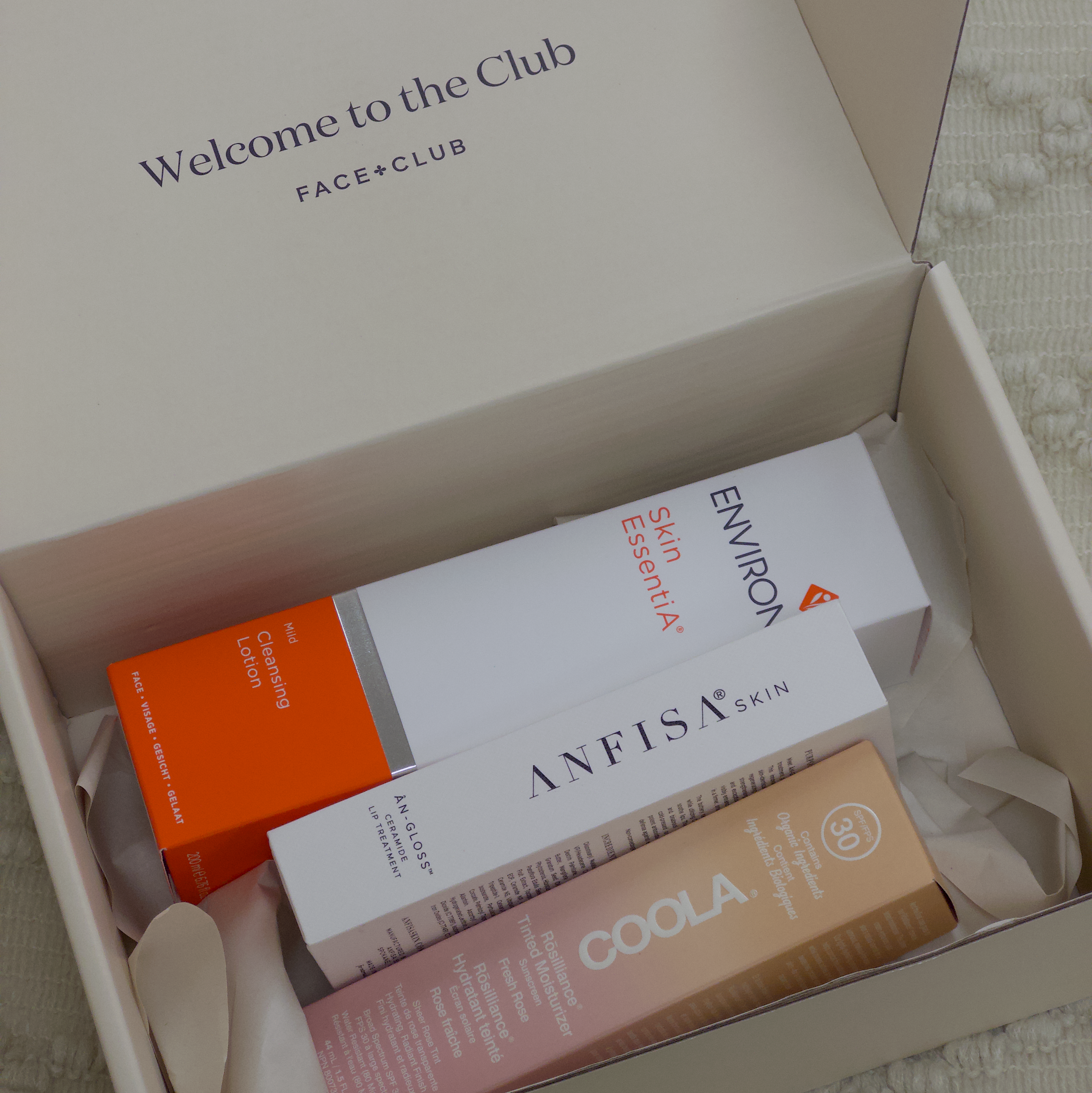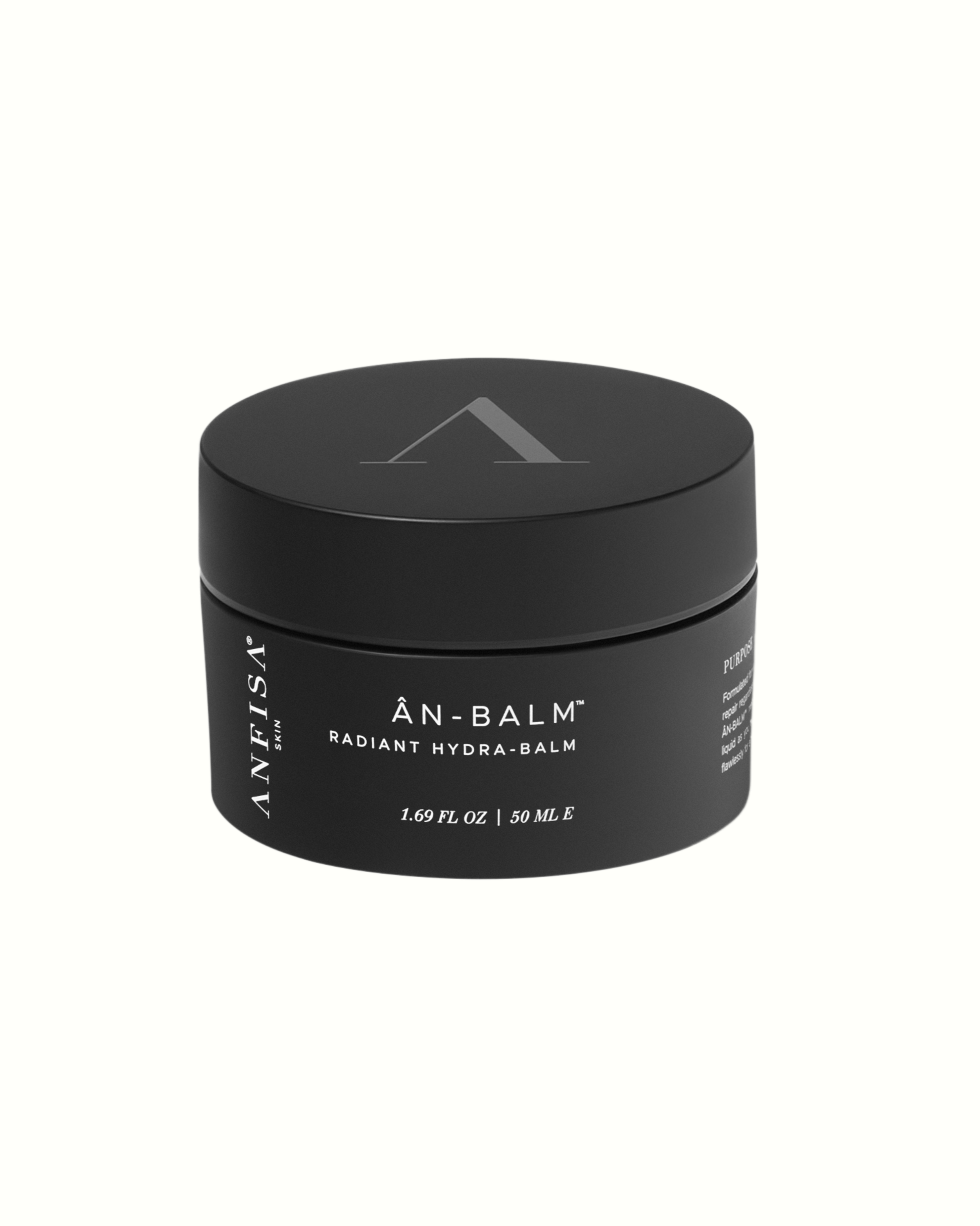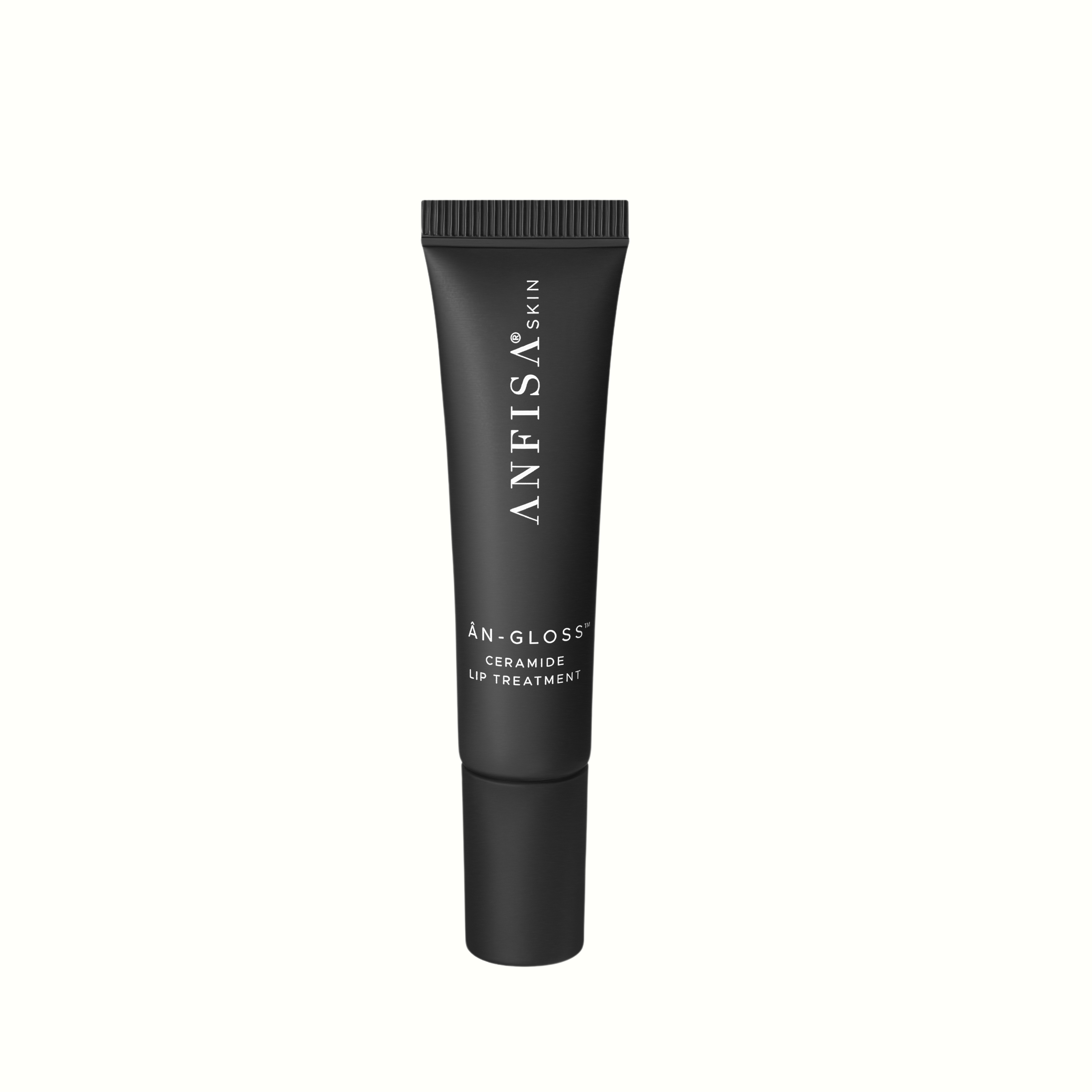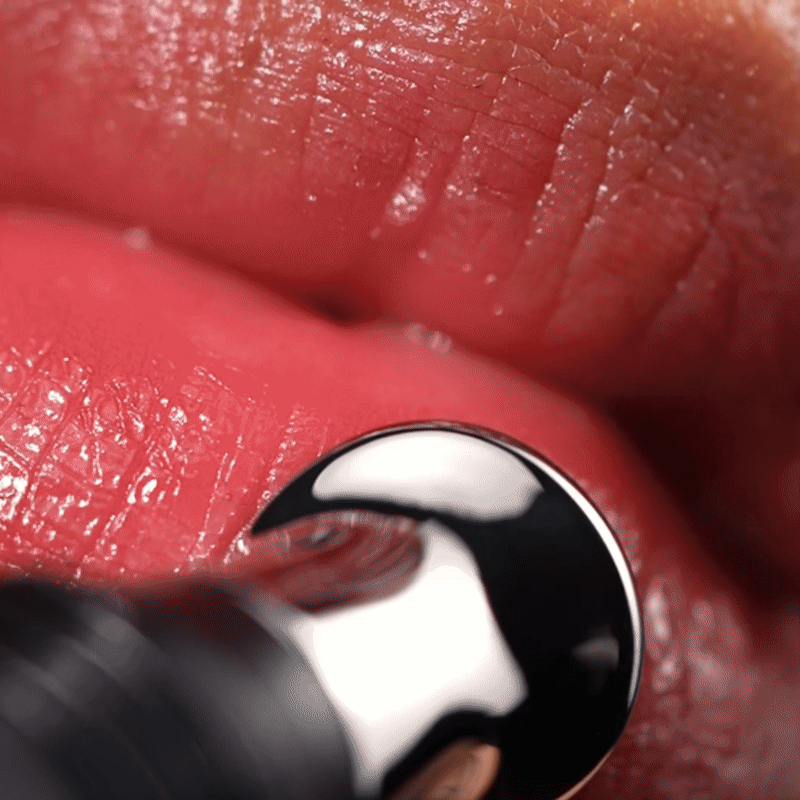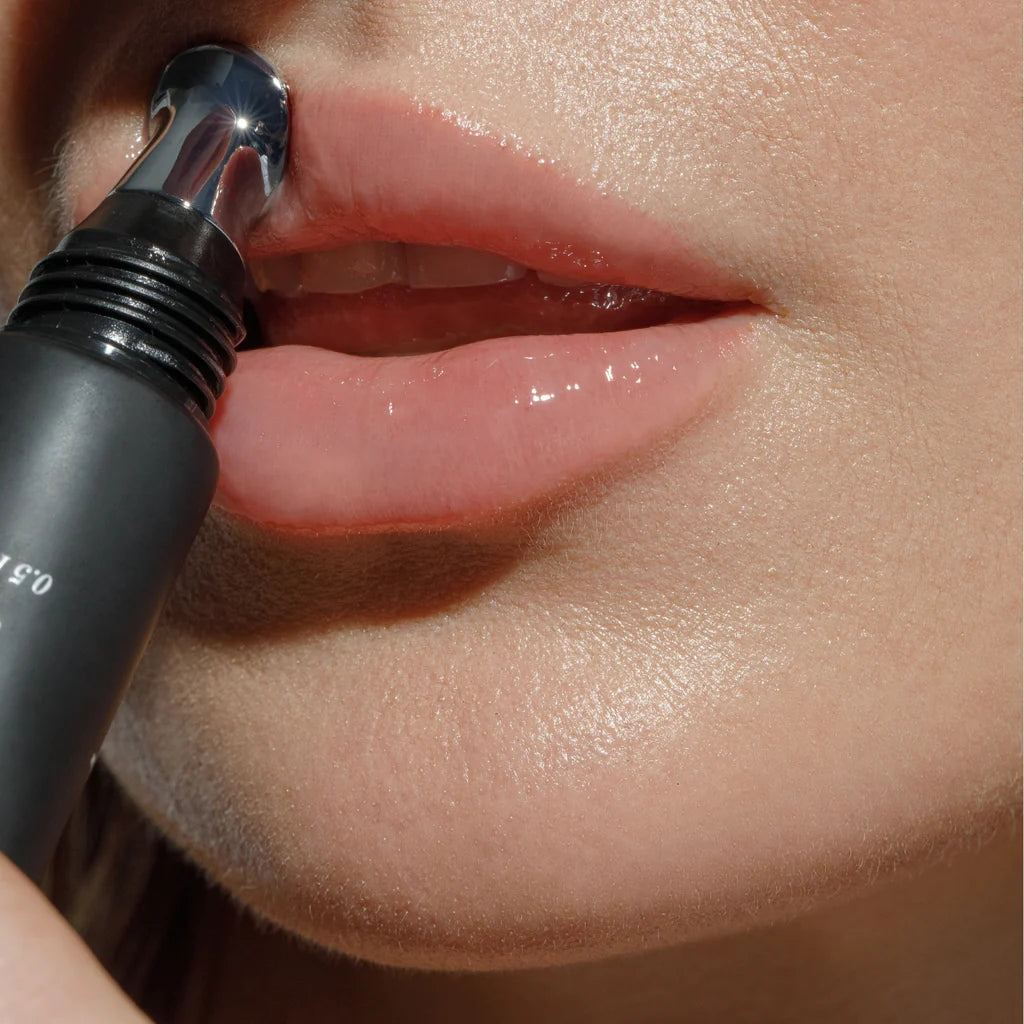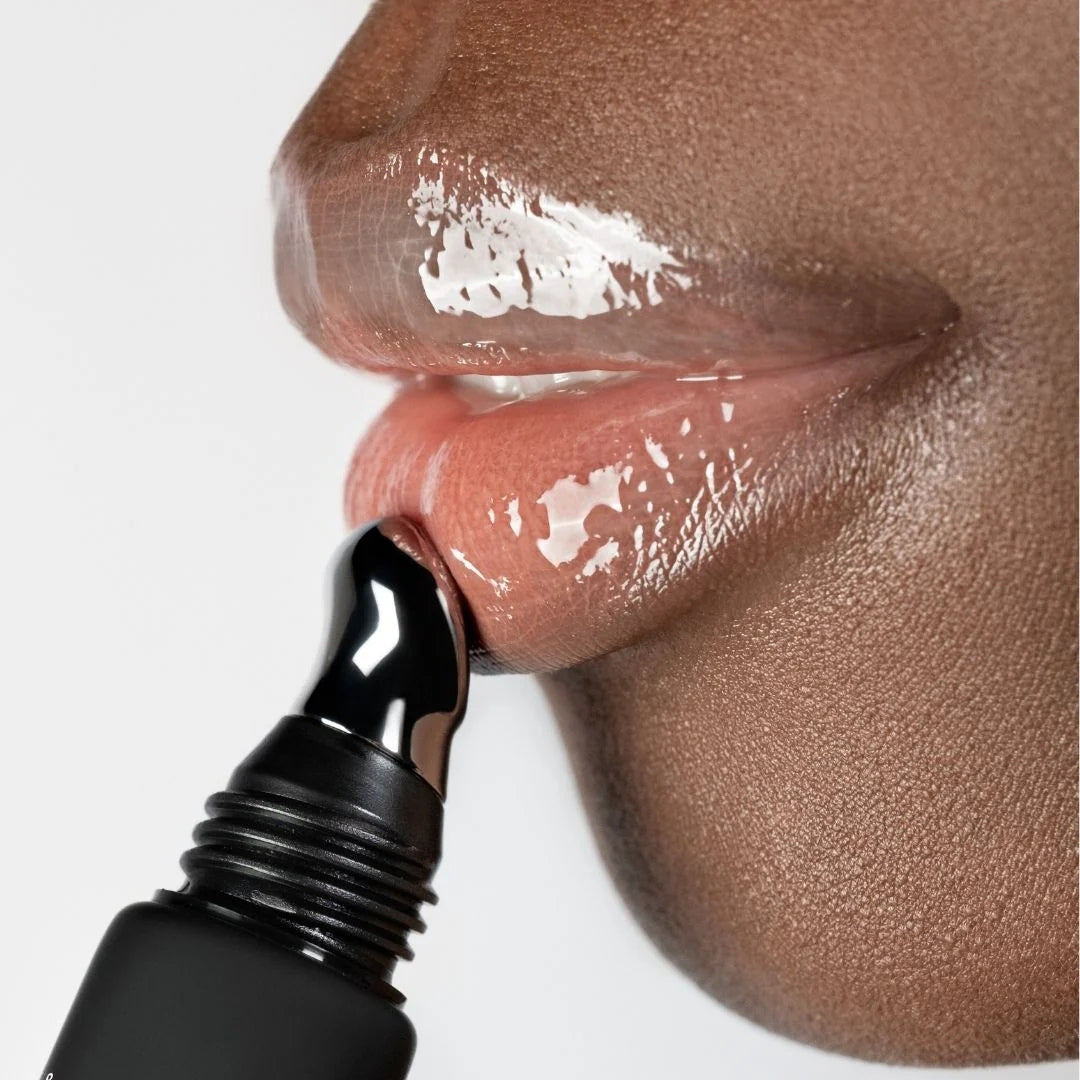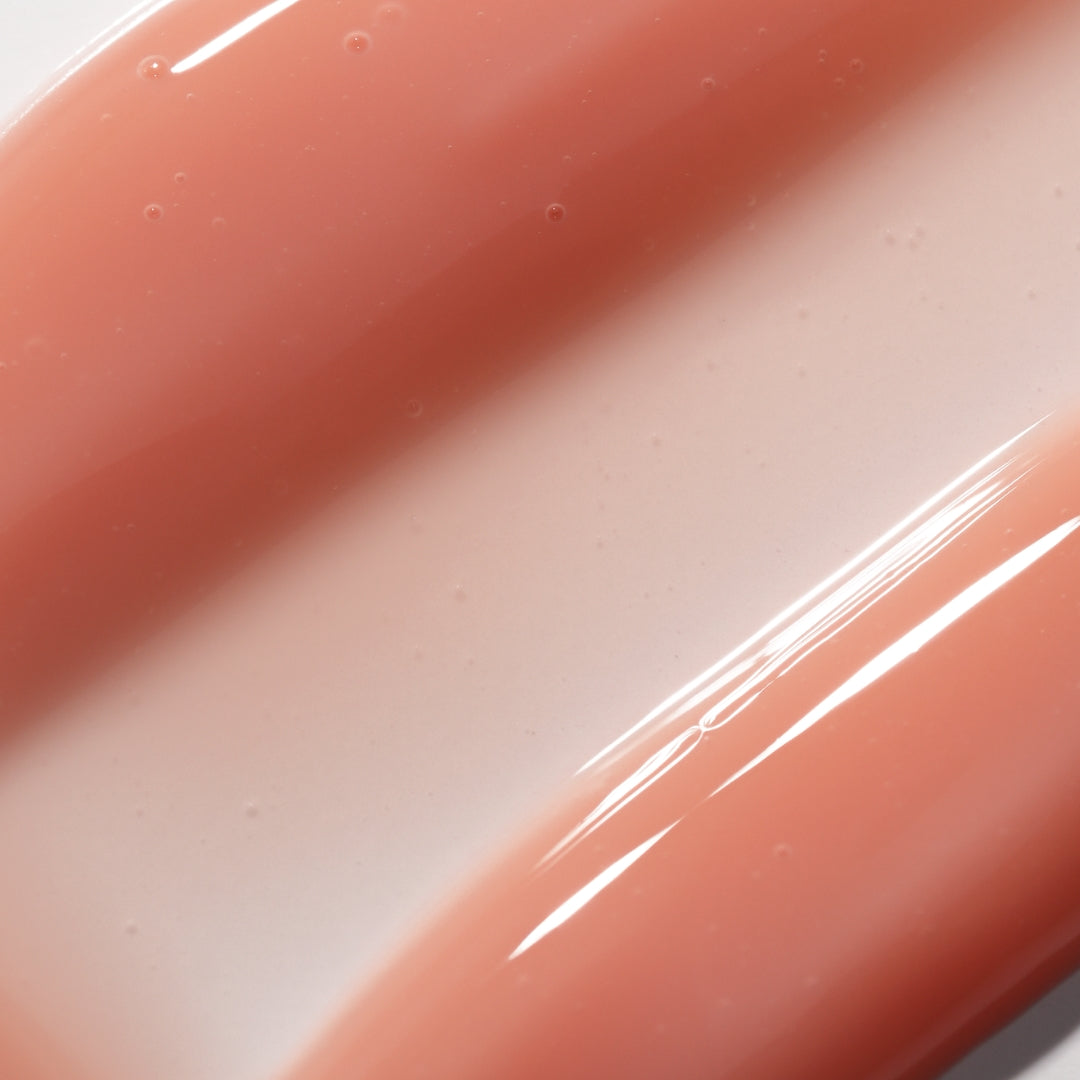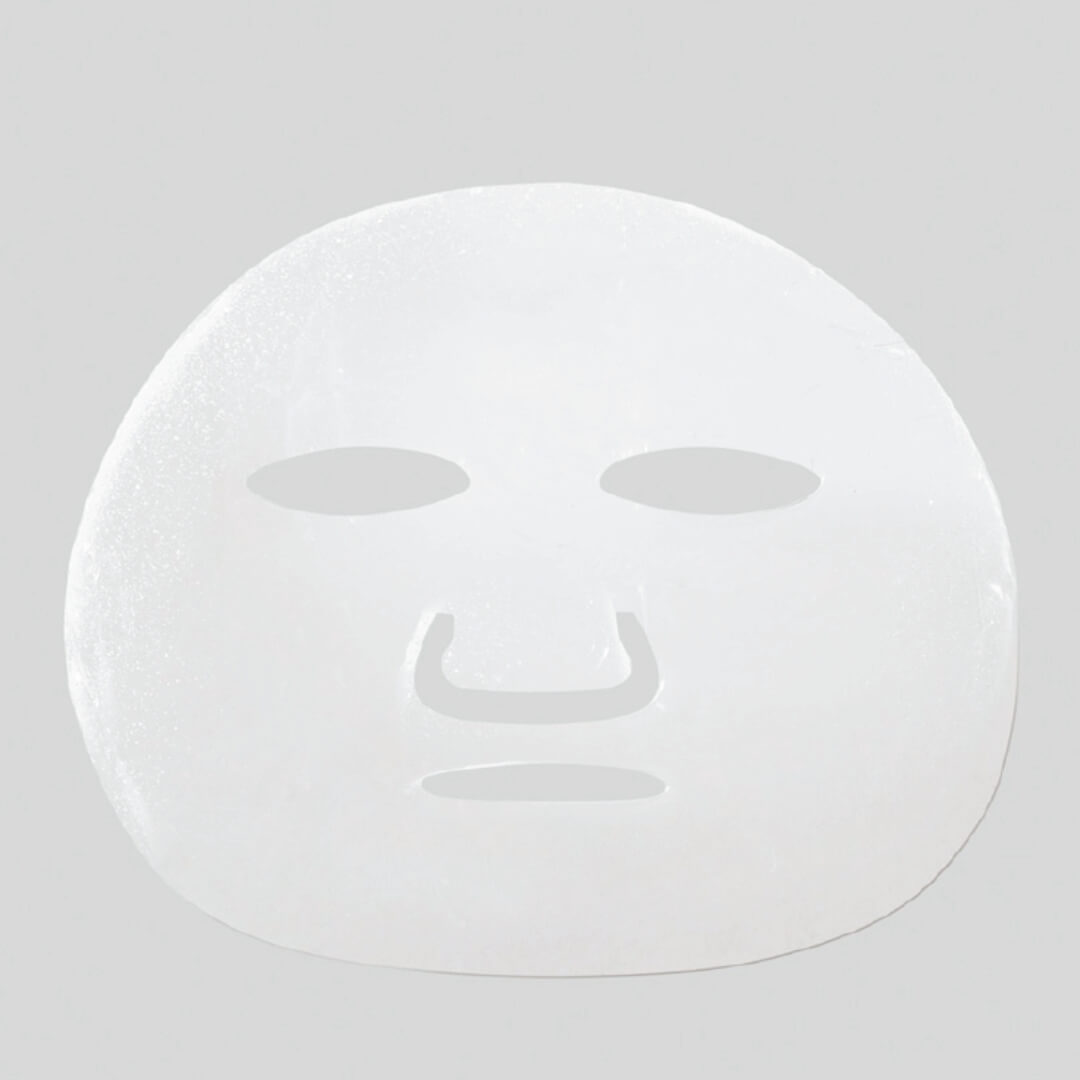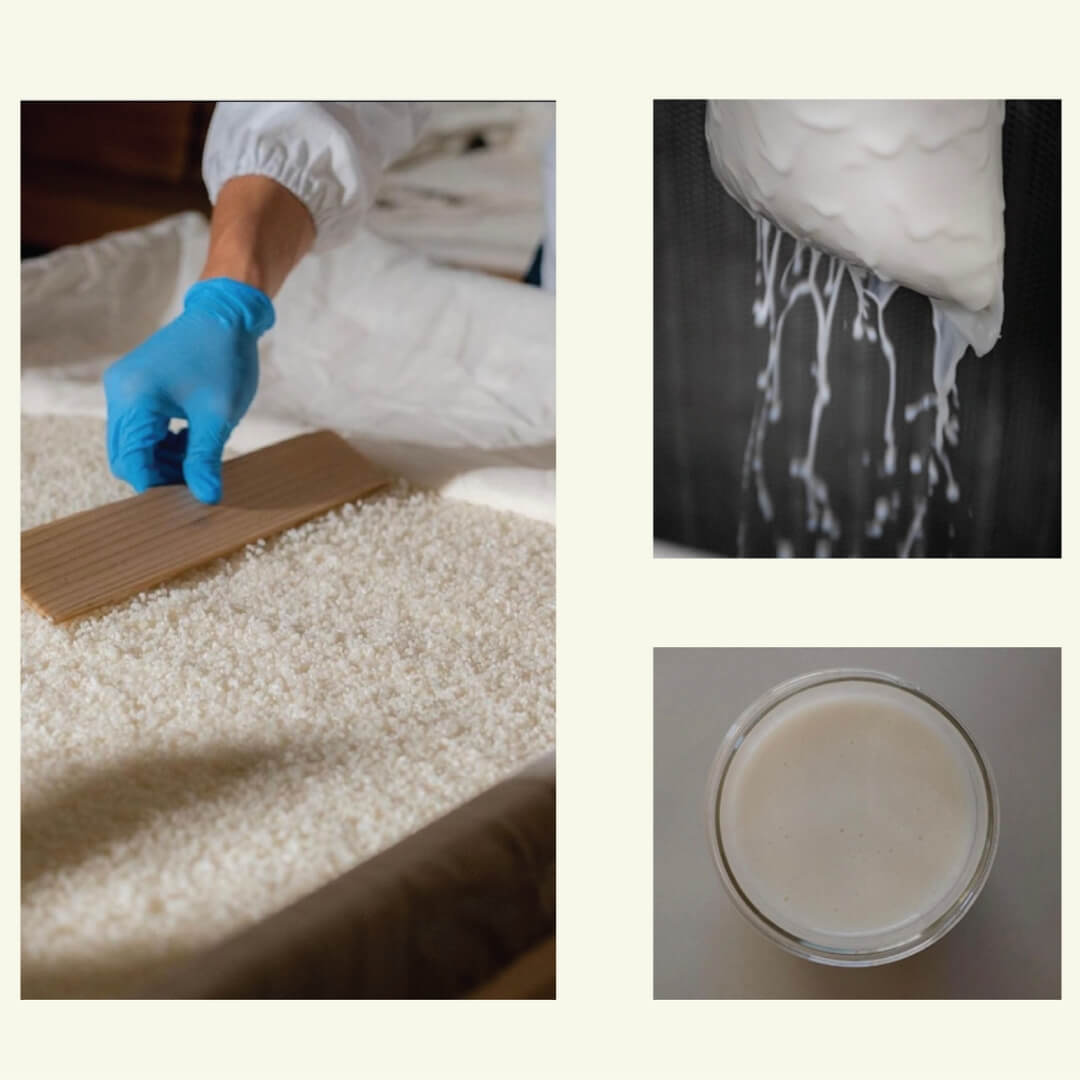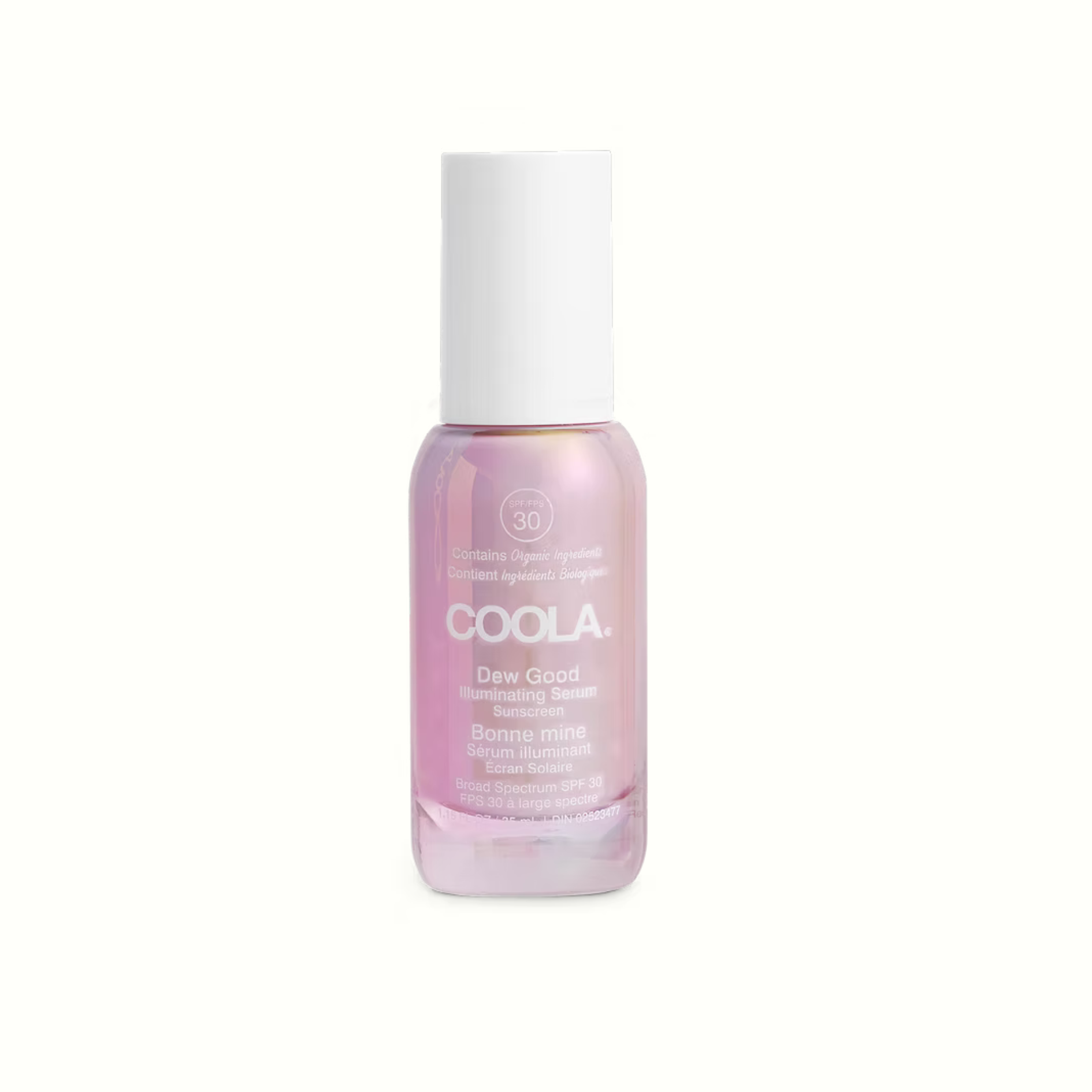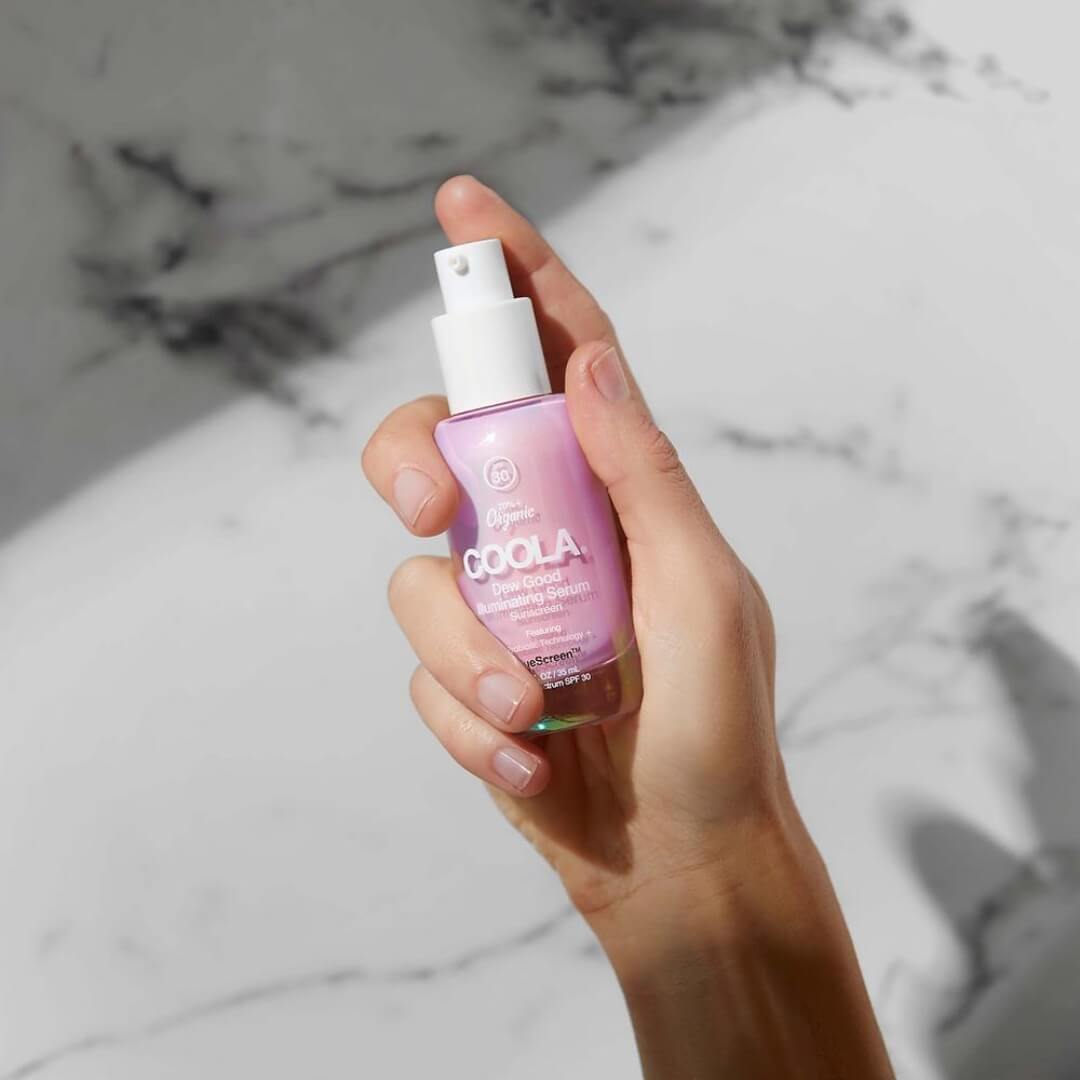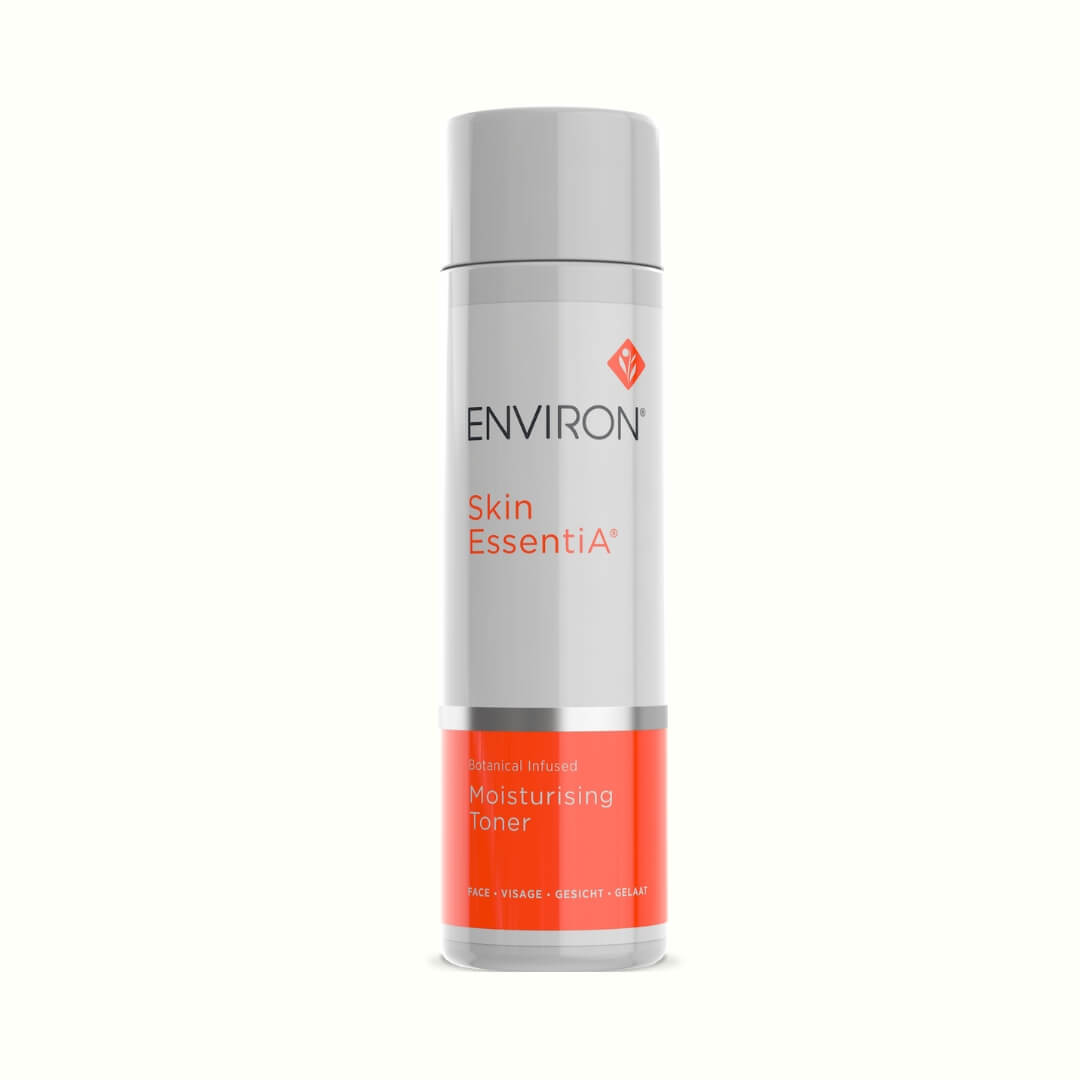May is Skin Cancer Awareness Month, and it's the perfect time to learn how to protect your skin — and potentially save your life or someone else's. Skin cancer is the most common cancer in the world, but the good news is that it’s also one of the most preventable and treatable when detected early.
This post will walk you through the basics: how skin cancer forms, the different types, what to look for, and how you can protect yourself year-round.
What Is Skin Cancer?
Skin cancer begins to develop when normal cells become abnormal. Normally, our bodies are great at managing and replacing damaged cells through a process called apoptosis — essentially, your body’s natural cleanup system. But sometimes, cells become abnormal and don’t die as they should. These damaged cells multiply and form what’s called a tumour.
There are two main types of tumours:
-
Benign tumours are non-cancerous and don’t spread.
-
Malignant tumours are cancerous and can invade nearby tissue or spread to other parts of the body.
The main trigger for skin cancer? UV radiation — from the sun or tanning beds — which damages the DNA in skin cells and can lead to abnormal growth.
Types of Skin Cancer
There are several types of skin cancer, each with distinct characteristics, risk factors, and treatment paths.
1. Basal Cell Carcinoma (BCC)
-
The most common type of skin cancer.
-
Usually appears as a flesh-colored or pearl-like bump, or a pinkish patch.
-
Common on the head, neck, arms, and other sun-exposed areas.
-
Often caused by long-term sun exposure or indoor tanning.
-
Typically slow-growing but can damage surrounding tissues if untreated.
2. Squamous Cell Carcinoma (SCC)
-
Second most common type.
-
Appears as a red, firm bump, a scaly patch, or a sore that doesn’t heal.
-
Frequently found on areas like the ears, face, neck, arms, and back.
-
Can become invasive and spread if not treated promptly.
3. Melanoma
-
The most serious and potentially life threatening form of skin cancer.
-
May develop from an existing mole or appear as a new, dark lesion.
-
Known for its ability to spread quickly to other organs.
-
Can occur on any part of the body - even areas not exposed to the sun.
-
Early detection is crucial—look for the ABCDE signs (Asymmetry, Border, Color, Diameter, Evolving).
4. Actinic Keratosis (AK)
-
A precancerous skin condition caused by sun damage.
-
Appears as dry, rough, or scaly patches, often on the face, hands, or scalp.
-
Can develop into squamous cell carcinoma if left untreated.
-
Early treatment prevents progression to skin cancer.
Where Skin Cancer Can Develop
While most skin cancers appear in areas exposed to the sun, they can also develop in locations that are typically covered. Common areas include:
-
Face, scalp, lips, ears, neck, and chest.
-
Backs of hands, arms, and legs.
-
Under nails, soles of feet, palms, and genital areas (more common in people with darker skin tones).
Warning Signs and Symptoms
Early detection is vital. Pay attention to the following signs:
-
A new skin growth that looks like a mole, bump, or scab.
-
A sore that doesn’t heal or keeps reopening.
-
Changes in an existing mole or freckle (size, color, shape).
-
Rough or scaly patches that persist.
-
Itching, pain, or tenderness around a lesion.
The ABC’s of Melanoma: Asymmetry, Border, Color, Diameter or Dark, Evolving

If you notice any of these symptoms, consult a healthcare provider or dermatologist immediately.
Causes and Risk Factors
Most skin cancers are caused by UV radiation, which damages the DNA in skin cells, leading to mutations that cause uncontrolled growth.
Key risk factors include:
-
Fair skin, freckles, light eyes, or red/blonde hair.
-
History of sunburns, especially blistering burns in childhood.
-
Frequent sun exposure without protection.
-
Use of indoor tanning beds.
-
Personal or family history of skin cancer.
-
Weakened immune system due to illness or immunosuppressive medications.
How to Prevent Skin Cancer
Skin cancer is one of the most preventable types of cancer. Take these steps to reduce your risk:
1. Practice Sun Safety
-
Avoid sun exposure between 10 a.m. and 3 p.m.
-
Seek shade whenever possible.
-
Wear protective clothing, including wide-brim hats and UV-blocking sunglasses.
2. Use Sunscreen Year-Round
Use high-quality, broad-spectrum SPF to protect your skin from UVA and UVB rays. At Face Club we offer only the best.
Check out our: Coola Sunscreens
Application Tips:
-
Apply 15 minutes before sun exposure.
-
Reapply every 2 hours and after swimming or sweating.
-
Don’t forget your ears, neck, hands, and scalp.
3. Avoid Tanning Beds
-
Indoor tanning devices emit concentrated UV radiation.
-
Using them dramatically increases the risk of both melanoma and non-melanoma skin cancers.
4. Monitor Your Skin Regularly
-
Perform monthly skin self-exams using a mirror.
-
Check all areas, including the back, scalp, soles, and between toes.
-
Note any new or changing spots and share them with your healthcare provider.
-
If possible, yearly skin checks with a dermatologist for a full-body skin exam.
Post-Sun Care Products That Support Skin Recovery
Sun exposure—even with protection—can stress the skin barrier. Use antioxidant-rich, barrier-repairing products to support recovery:
-
Environ Vita-Antioxidant AVST Gel: Encourages healthy cell turnover with vitamin A and C.
-
Dermaviduals DMS Base Cream High Classic: Replenishes lipids and mimics the natural skin barrier.
-
ÂN-BALM Radiant Hydra-Balm: Repairs and soothes skin with botanicals and anti-inflammatory actives.
Skin Cancer Awareness Month is a reminder that prevention and early detection save lives. Make sun protection and regular skin checks part of your wellness routine.



